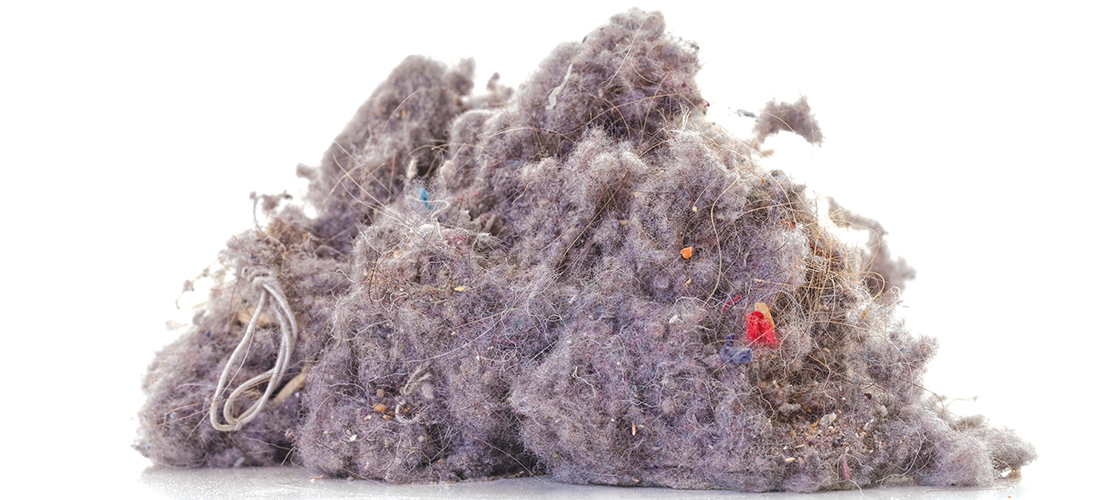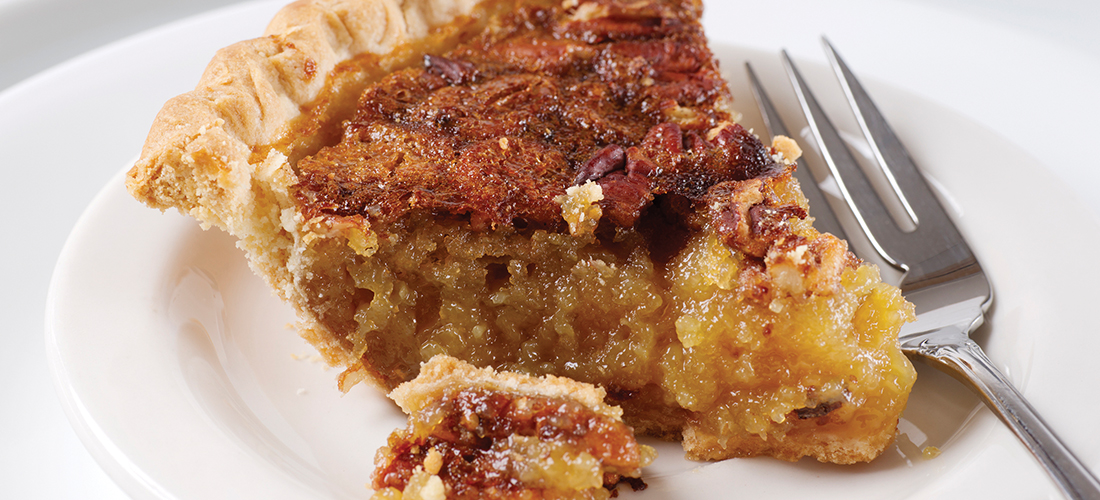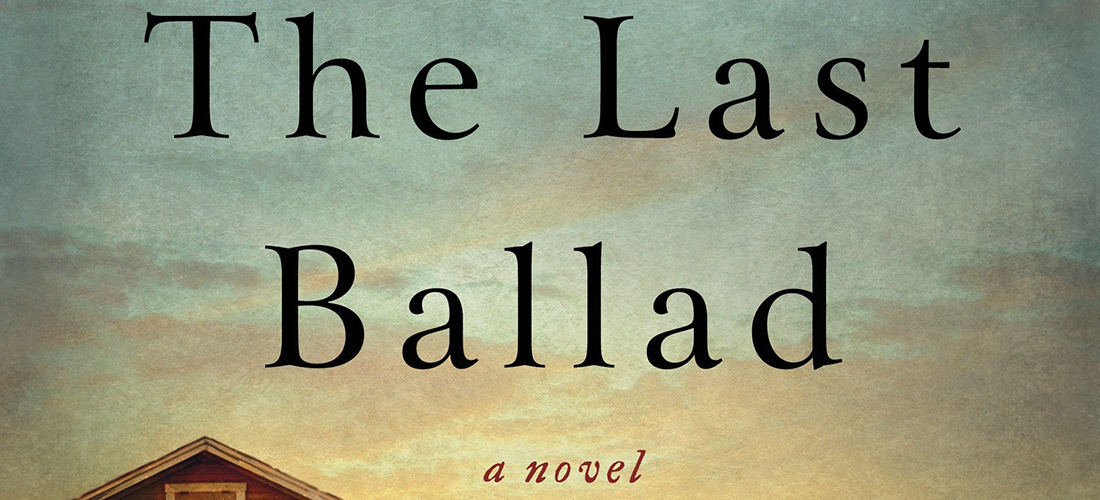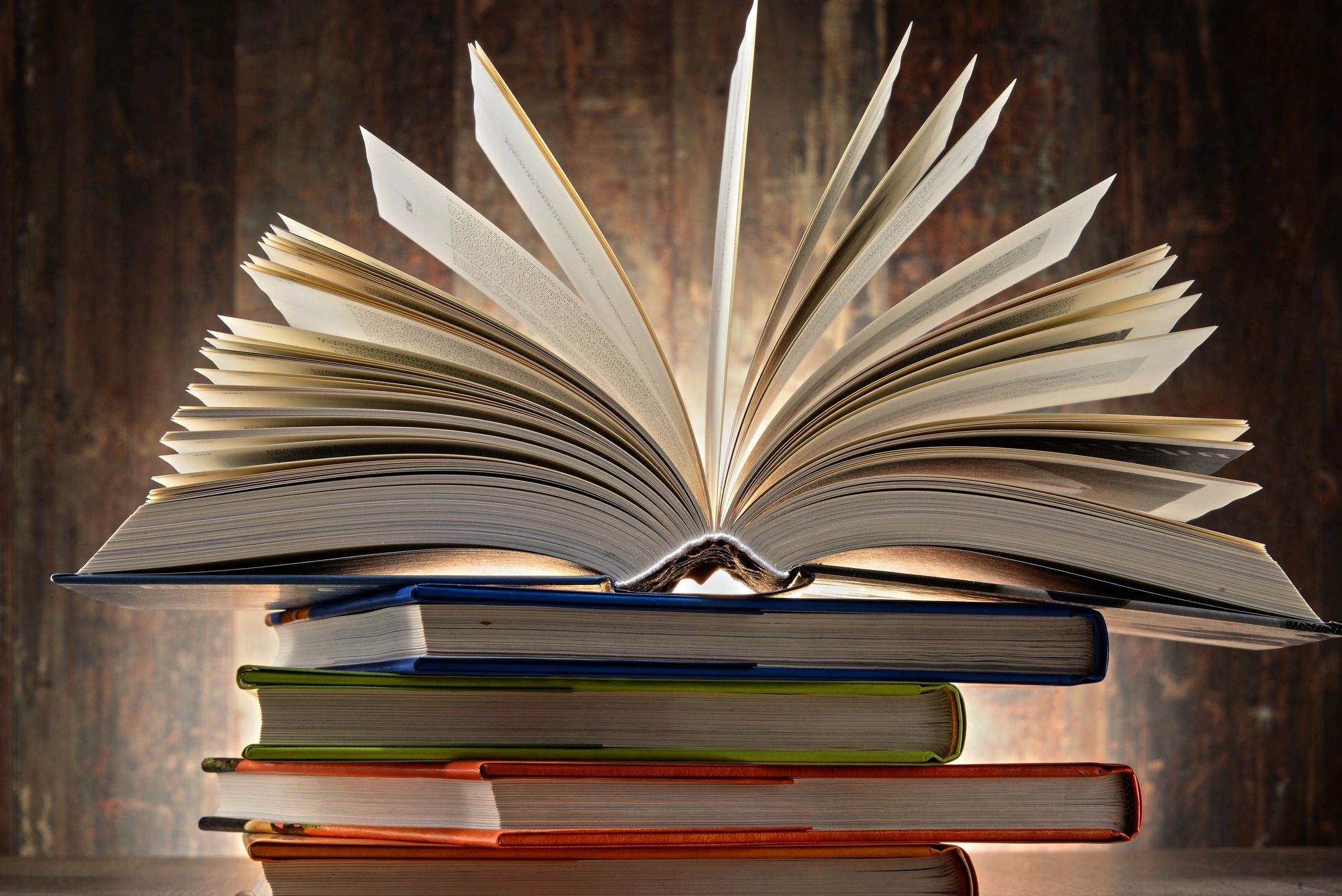Silver Pride
Airstreams have gone mainstream
By Tom Bryant
Joel Kilby is exactly the All-American, clean-cut individual I would expect to be managing the Out-of-Doors-Mart, just off Interstate 40 in Colfax, a mile or so from the Piedmont Triad International Airport. His is one of the oldest Airstream dealers in the country. I was in his office on a whim recently, talking to him about his operation and Airstream travel trailers in general.
“Our business is actually one of the leading RV dealerships on the East Coast and, as a matter of fact, we’ve been selling and servicing Airstreams longer than any dealership in the world.”
That got my attention. We were in Joel’s office, and like any busy executive in the country today, his phone was ringing and computers were beeping. It seemed that a lot of business was going on that required his time.
“In the world?” I questioned.
“Yep, Airstreams have become popular all over the world — Japan, France, all of Europe. It seems that everybody wants to own what has become an icon in the travel trailer industry.”
The Out-of-Doors-Mart is truly a family affair. Grady Kilby, Joel’s father, who turns 86 in November, started working with the existing company in 1962. Later, he and a partner bought the operation and brought it to where it is today.
Joel said, “Dad comes in three or four times a week. He’s what I call my watchdog.”
“When did you get started with the company?” I asked.
“I was just a youngster and would work after school and weekends washing trailers and cleaning up. Anything my dad would let me do. I graduated from UNC Wilmington in ’92 and came to work full time after that.”
Joel and his wife, Alyson, have two daughters, who are now in college. “The business is really a family affair. Speaking of that, you’re going to have to talk to Ben, our parts guy. He’s almost family.”
At that point, we took a break so Joel could send off an email, and I walked over to see Ben Goslen, the parts manager. He has been with the company for 33 years and is a fixture in the business. He has the “aw shucks” personality of the actor Jimmy Stewart, and I could tell he was proud of the part he has played in the company’s success.
“We have one of the best and most fully stocked Airstream parts departments in the country. If we don’t have it, we can get it in a day or two.” I told him it was a pleasure seeing someone who really liked his job.
“After 33 years, I’d better,” he replied, laughing.
I went back over to Joel’s office to finish our conversation before getting a photo of the three: Joel, Grady and Ben. “You’ve got quite a number of Airstreams on the lot,” I said as I pulled up a chair in front of his desk.
“That has become something of a problem,” he replied. “Not our Airstreams, but getting more. They’re producing them in Ohio as fast as they can and can’t make enough because the demand is so strong. When the big recession hit back in ’07, Airstream had only 189 employees. Today, there are over 800 workers at the plant in Jackson Center (Ohio), working as hard as they can. Something else has changed since you bought your little Bambi. The demographics of Airstream buyers have turned around dramatically. Once it was mostly older, retired folks or people trading up who would buy a unit, but now over 50 percent of our customers are first time buyers and are relatively young.”
I’ve been an Airstream fan for many years, having been first introduced to the travel trailer in the 1950s, when my grandfather bought a small one to use as a base camp when he fished in Florida. He parked it on land he owned on the St. Johns River, and he and my grandmother lived in it during the colder months. When the winters, even that far south in Florida, got too frosty for him, he pulled up stakes and towed the Airstream farther south to Everglades City. Again, it was home for him as he fished Chokoloskee Bay and the Ten Thousand Islands.
Later, Granddad bought a big 32-foot Airstream and parked it semi-permanently on his land on the St. Johns. He added a front screen porch and outbuildings with storage for boats and fishing gear. All of this was good for early in the winter months, but he still had the little Airstream to use in the Everglades when it turned colder.
Those early days when I would camp with him on his fishing expeditions reinforced my desire to someday own an Airstream; and the year I retired from my day job, Linda and I drove up to the Out-of-Doors-Mart, looked at a spanking brand new Bambi and bought it.
The folks at the shop did everything to get us hooked up and rolling. I dealt with Jason, a super salesman and, of course, the ever-present Grady overlooked the sale. It was a pleasurable experience. Our first major trip in the Bambi was from Southern Pines to Alaska. It took us two months up and down the Alaska Highway, and we drove over 11,000 miles with only one punctured tire on our towing vehicle. The trip was a real testament to the reliability of the Airstream.
Joel and I rounded up Grady and Ben for a photo outside the building in front of a new Airstream for sale.
Grady, always the salesman, said, “I remember you. Aren’t you that newspaper guy from Southport?”
“No, Grady. I’m from Southern Pines.” I replied.
“Oh yeah, I remember, got the little Bambi. You ready for a new one?”
“It would be like getting rid of one of the family,” I said.
We went out to the front of the building, where I made my photo, said goodbye, then walked past a big new Airstream on my way to the car, where Linda, my bride, was waiting.
“You know,” I said to her as I fired up the Cruiser, ready to leave. “That big new one sitting right there would look great in our backyard.”
“Only if we can keep the Bambi,” she replied, smiling. PS
Tom Bryant, a Southern Pines resident, is a lifelong outdoorsman and PineStraw’s Sporting Life columnist.










